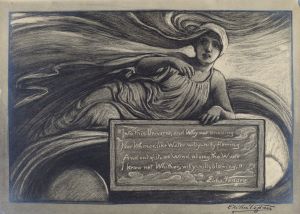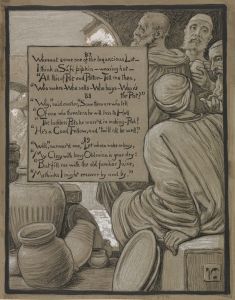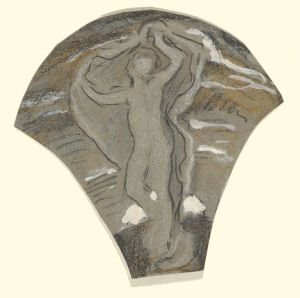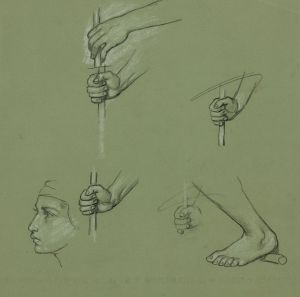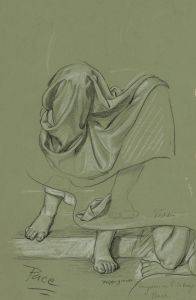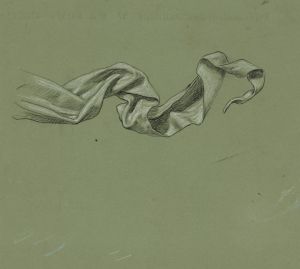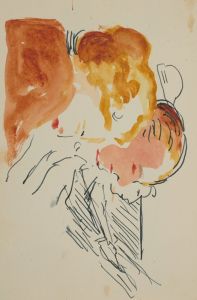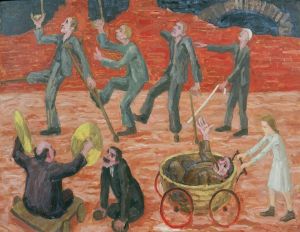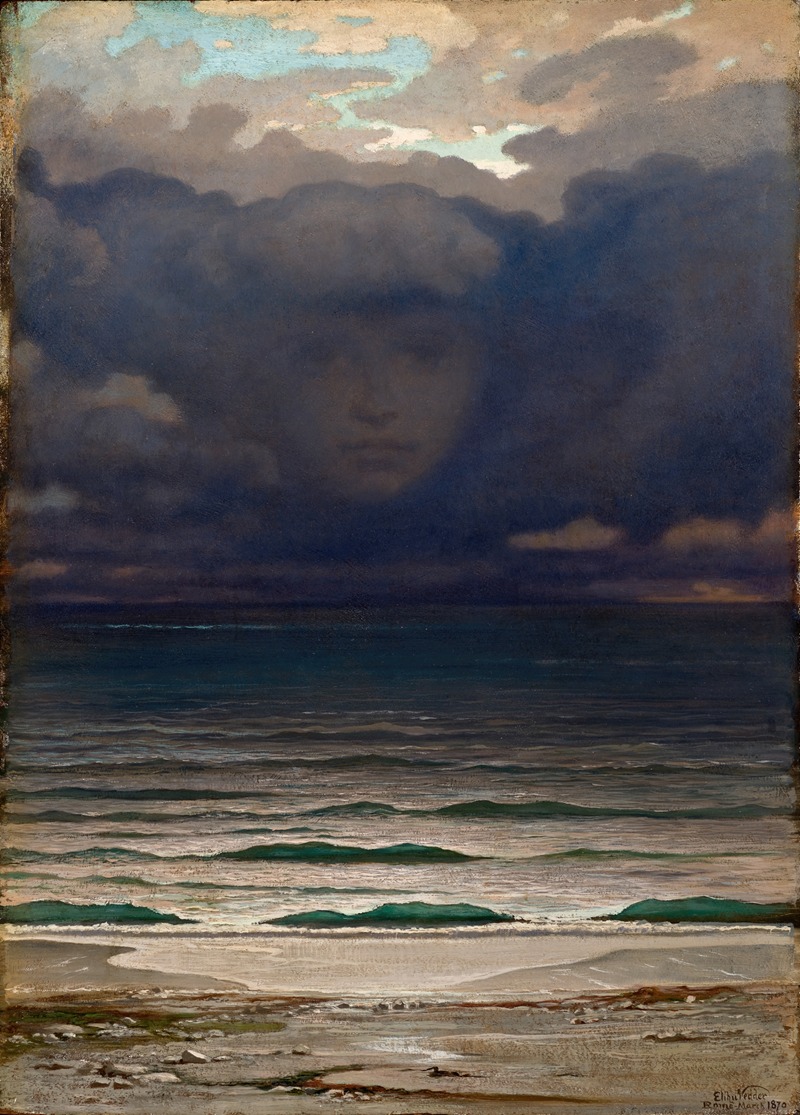
Memory
A hand-painted replica of Elihu Vedder’s masterpiece Memory, meticulously crafted by professional artists to capture the true essence of the original. Each piece is created with museum-quality canvas and rare mineral pigments, carefully painted by experienced artists with delicate brushstrokes and rich, layered colors to perfectly recreate the texture of the original artwork. Unlike machine-printed reproductions, this hand-painted version brings the painting to life, infused with the artist’s emotions and skill in every stroke. Whether for personal collection or home decoration, it instantly elevates the artistic atmosphere of any space.
Elihu Vedder's painting "Memory" is a notable work by the American symbolist artist, created in 1870. Vedder, known for his mystical and allegorical themes, often explored abstract concepts and emotions in his art. "Memory" is a prime example of his ability to translate intangible ideas into visual form.
The painting depicts a solitary female figure seated in a contemplative pose, holding a lyre. The figure is often interpreted as an allegory of memory, with the lyre symbolizing the connection between memory and the arts, particularly music and poetry. The somber and introspective mood of the painting is enhanced by the muted color palette and the dreamlike quality of the background. The setting is sparse, with a sense of timelessness that aligns with Vedder's interest in universal and eternal themes.
"Memory" reflects Vedder's engagement with the Symbolist movement, which sought to convey deeper meanings and emotions through symbolic imagery. The painting also demonstrates his fascination with classical antiquity, as seen in the figure's draped clothing and the classical instrument she holds. This blend of symbolism and classical influence is characteristic of Vedder's work during this period.
The painting was created during a time when Vedder was living and working in Italy, a country that greatly influenced his artistic style. His exposure to Italian Renaissance art and ancient Roman culture is evident in the classical elements of "Memory." Vedder's time in Italy allowed him to develop a unique artistic voice that combined American transcendentalist ideas with European artistic traditions.
"Memory" is part of the collection of the Smithsonian American Art Museum in Washington, D.C. It remains an important example of Vedder's contribution to 19th-century American art and his role in introducing Symbolist ideas to an American audience. The painting continues to be appreciated for its evocative portrayal of an abstract concept and its harmonious blend of symbolism and classical aesthetics.






